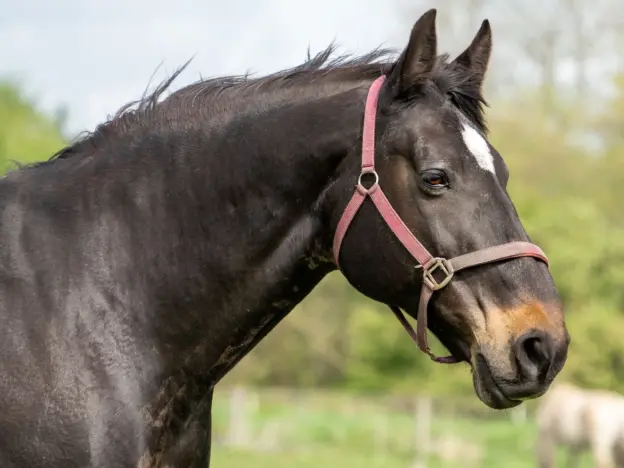Intro
Initially the Oldenbuger was developed as a coach horse that was adaptable enough for agriculture work. Like many of the European competition horses, the bloodlines were developed over time to accommodate the changes in society.
Origins
Originating in the 17th century in provinces of Oldenburg and East Friesland, the Oldenburger (or Oldenburg) blood is derived from Fresian horses. Its initial development as a coach horse was in large part due to the Count of Oldenburg, Anton Gunter von Oldenburg. The Count imported Spanish and Neapolitan (of Barb-type ancestry) horses to enhance the Oldenburg bloodlines.
As bloodlines were infused over the next century, the Oldenburger slowly became a more refined carriage type horse. Sacrificing none of its massive body size, the coarse roman nose was bred out and they became more suited for work under saddle.
Towards the end of the 18th century a mix of Thoroughbred and Norfolk Roadster blood made its way into the Oldenburger bloodlines. From this point the breed stayed very much unchanged for close to a century. Around 1897 a mixed bag of bloodlines were introduced, English Thoroughbred, Cleveland Bay, Hanoverian and the Norman Horse. The result was a strong utility horse, handy in agriculture and under saddle. The modern Oldenburger is bred solely for riding and competition, additions of bloodlines are only to keep an even temper and free action.
Features
Average height 16.2-17.2 hands
Powerful, rangy build
Straight, elastic and rhythmic action
Physique
Handsome, well-set head
Strong shoulders
Deep chest with a long back
Wide and strong hindquarters
Thick, stocky legs
Large hooves
Traditional colors
All colors
Temperament
A big even-tempered animal
Manageable for their size
Use
General riding horse
Coach horse
Show horse
Eventing horse
Helpful Links
*All links open in a new window
Oldenburg Registry
Oldenburg Horse Breeders’ Society
Oldenburger Pferde
More Images


